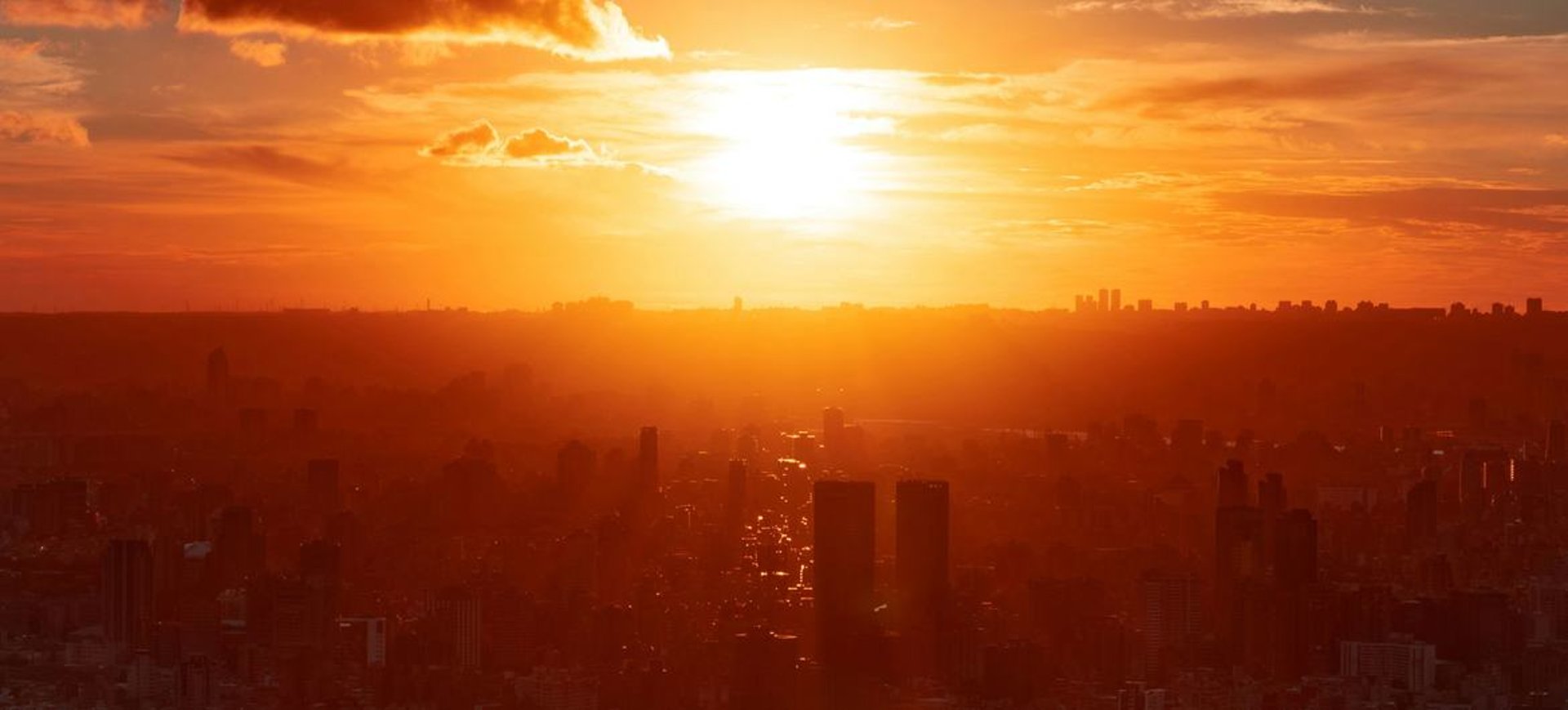
Summer 2025 is a WARNING!
America’s New Reality: Living Through Unbearable Heat
Emily Johnson
★★★★★
The Summer That Felt Like a Warning
I remember stepping outside this past summer and feeling something different in the air—a heavy, sustained heat that didn’t just warm but pressed. It made me realise: this isn’t simply “one hot season” any longer. It’s part of a pattern. According to the Center for American Progress, more than 255 million Americans were exposed in June 2025 to what forecasters called “dangerous, life-threatening” heat. Center for American Progress
The record-breaking nature of recent years also tells the story: all ten of the warmest years on record occurred between 2014 and 2023, and 2024 is on track to surpass them all. Center for American Progress
A Quiet Threat: Heat Defined by Its Impact
The term “extreme heat” may feel abstract, but its consequences are stark. Today in the U.S., extreme heat is the deadliest form of weather-related threat—claiming more lives than hurricanes, floods or tornadoes combined. Center for American Progress Between 1999 and 2023, more than 21,000 deaths were recorded as related to heat, with mortality beginning to climb especially from around 2016 onward. Center for American Progress
And it’s not just deaths. The under-recording of heat’s toll means that many illnesses and fatalities connected to overheating, dehydration, cardiovascular stress or exacerbation of chronic illness simply go uncounted. Center for American Progress
Unequal Exposure: Who’s Most at Risk
What stood out to me is how unevenly this threat falls. Vulnerable populations—including older adults, young children, people with chronic illnesses, outdoor workers, and low-income households—are disproportionately impacted. For example:
Of U.S. households without air-conditioning, many are low-income and located in hotter regions. Center for American Progress
Some low-income neighbourhoods can heat up 12 °F hotter during a heat wave compared to nearby wealthier areas. Center for American Progress
Among workers, people in agriculture or outdoor manual labour (many of whom are Latino migrants) face far higher heat exposure in their jobs. Center for American Progress
These layers of inequality mean that heat isn’t just “bad weather”—it becomes a silent amplifier of existing disadvantages.
Everything from Infrastructure to Economy Feels the Burn
We often think of climate change in terms of the polar ice-caps or sea-level rise. But extreme heat hits homes, businesses, roads and farms now:
U.S. health care costs tied to heat events add up to around $1 billion each summer, including emergency visits and hospital admissions. Center for American Progress
Road surfaces soften, rail tracks buckle, power grids strain as air-conditioning demand soars—leading to trillions in potential future repair costs and lost labour productivity. Center for American Progress
Crops such as corn, soy and wheat—which cover ≈62% of U.S. farmland—are vulnerable to high temperatures, with some regions already seeing insurance claims totaling more than $1.3 billion for heat-related crop losses in recent decades. Center for American Progress
Heat is thus not just a discomfort—it’s a systemic stressor.
Why This Should Matter to Us
When I walk in my neighbourhood or glance at my electricity bill climbing while the fan rattles in overdrive, I’m reminded: this is real and it’s personal. The fact that our summers are getting hotter and hotter isn’t someone else’s problem. It will shape our jobs, our health, our infrastructure, our communities.
One quiet insight from the data: some of what we’re experiencing now may be the coolest future summers will look like—meaning things could get worse unless we shift. Center for American Progress
Final Thought
Extreme heat is everywhere now—not on the horizon, but in our lives. It demands more than watching and waiting. Understanding the numbers and recognising the uneven burden are first steps. Because the more clearly we see what’s happening, the more realistically we’ll prepare—and the more compassion we’ll bring for those bearing the heaviest load.
If you found this relevant, perhaps consider sharing it with someone in your community or your workplace. The heat may be rising—but our awareness and action can rise too.
Published by - Anya Pal - July 31st 2025
Published By - Anya Pal
April 15th 2024
